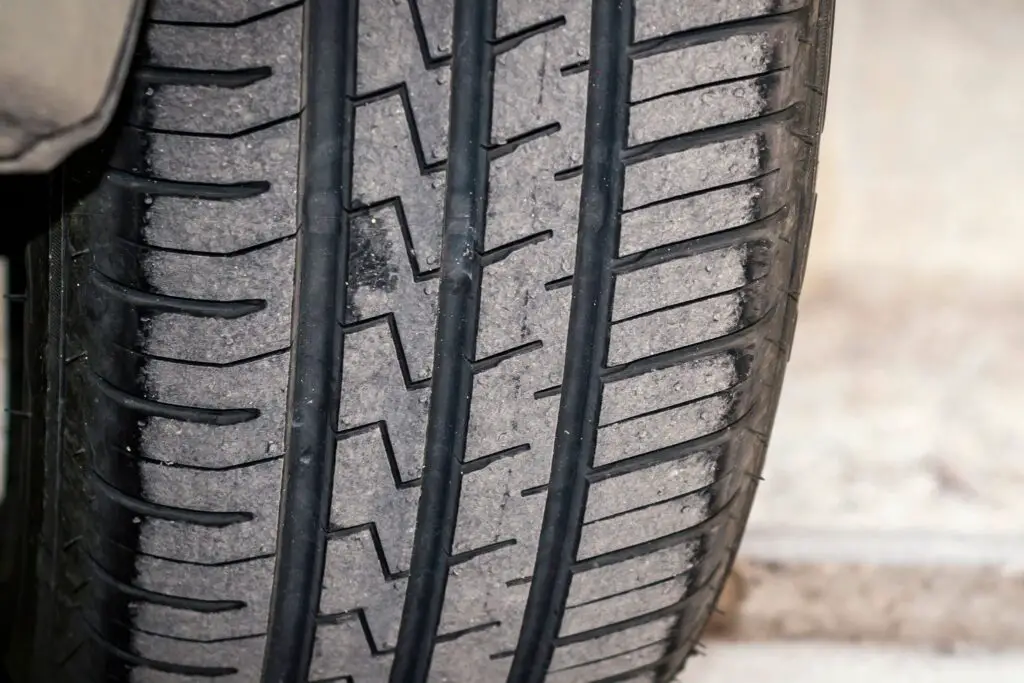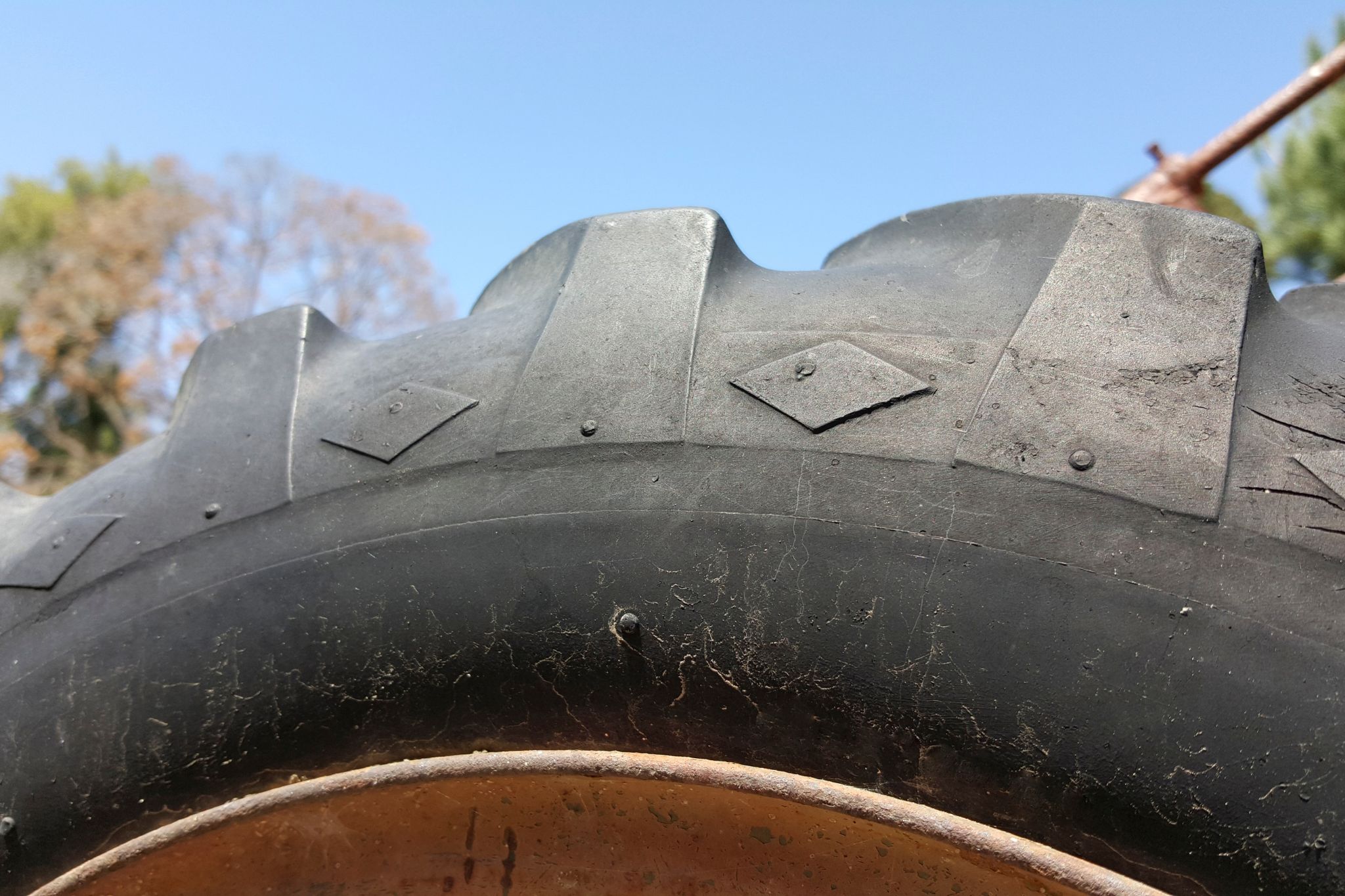Tires play a significant role in vehicles by enabling movement from one place to another.
Typically, forms the contact between vehicles and road surfaces.
Therefore, they should be kept in proper condition at all times and repaired as soon as they get problems for easy movements and to reduce the risk of destroying other important car parts.
The most common problem associated with car tires is cracks. In most cases, cars get tire cracks when they hit potholes or pass through rough roads.
In other cases, these cracks result from decay and ultraviolet rays. The most affected parts in car tires are the sidewalls.
Can You Drive on Tires With Cracked Sidewalls?
It’s generally possible to drive on tires with cracked sidewalks, although it’s risky when it comes to driving safety.
According to experts, drivers should thoroughly inspect their vehicle’s tires after every 2 weeks to check for this problem.
Cracked tire sidewalls are mainly caused by the following:
Ultraviolet(UV) rays
This is among the leading causes of cracks in tire sidewalls. When there’s extreme heat, the polymers in the tires become weak through expansion and contraction from time to time.
This makes the polymers dry out over time, causing cracks in tire sidewalls. People can’t protect their cars entirely against these rays, although parking or garaging the cars can minimize the effect.
Age
Just like other car parts, tires won’t last forever. At some point in time, they’ll start wearing out even if a lot of care is taken.
As they age, the polymers in the tires become naturally weak, thus making the tires hard by losing their flexibility. The reduced elasticity makes them brittle, leading to cracks.
Car owners need to lubricate their tires to maintain elasticity even if they occasionally drive.
Exposure to water
Most people think that the rubber used in making car tires is waterproof.
Although this is true, prolonged exposure of tires to wet conditions weakens the structure leading to cracks in the sidewalls.
Tire pressure
When your car tires are over-inflated, they add more stress to the sidewalls leading to bulging and cracking.
On the other hand, under-inflated tires generate more heat which causes expansion and contraction, thus causing cracking.
Manufacturing defect
This is a rare cause, although it happens in some cars. It’s essential to order an expert car inspection before you purchase to ensure you don’t end up with such problems.
Regardless of the cause, you should ensure that your car tires are inspected and repaired in case of any problem.
Is it Safe to Drive With Cracks in Tires?
It’s generally unsafe to drive with cracks in tires. These cracks can lead to air leaks which further result in a blowout.
Depending on the magnitude of the blowout, you may lose control when driving, thus increasing the risk of accidents.
Minor cracks sometimes may seem less harmful, although they grow to something bigger. Every crack should be inspected by an expert mechanic and repaired or changed on time.
Cracks on the sidewalls are more dangerous than those on the treads since they can possibly cause catastrophic tire failure. When these cracks become deep, the tire will become deflated and deteriorate with time.
How Do You Fix a Crack in a Tire Sidewall?
Small cracks on tire sidewalls can easily be fixed by a professional mechanic.
On the other hand, when your car tires have large cracks, you might need to change them.
To fix a crack in a tire sidewall, you need to do the following:
– Begin by cleaning the cracked area on the tire to eliminate dirt and any other material that can interfere with the process
– The next step involves scratching the affected surface to make it rough to ensure easy bonding of the adhesive
– After cleaning and scratching the surface, squeeze elastic cement until it fills the cracks. The elastic cement you use should be approved for tire use.
– Get a plastic scraper and use it to ensure the cement goes deep into the tire cracks and scrape a little bit until you get a smooth surface.
– Allow the set to dry for minutes
– Get black tire paint and spray on the affected area to seal and add protection from other elements like moisture, UV rays, and dirt.
– Inspect the tires regularly to ensure the seal remains intact over time, even under poor roads and other weather elements, including rain and heat.
When are Cracks in Tire Tread Unsafe?


Cracks in tire treads are unsafe when they’re major and deep. Minor and superficial cracks may not pose a driving hazard at times.
When you notice visible cracks in the tire tread, you should probably avoid driving your car until they’re fixed. If you don’t fix these cracks, they’ll continue growing in number, length, and length. In such cases, you’ll need to replace them.
Failure to replace them the tires will wear out quickly, thus causing the risk of a blowout.
Sometimes, tire manufacturing defects can also lead to this problem. Since it can be difficult to notice this, it’s essential to inspect a car before buying it.
Do Cracked Tires Need to be Replaced?
In most cases, cracked tires tend to be repaired depending on the extent of the cracks.
However, experts have always recommended replacing such tires to improve safety when driving.
Although repairing cracked tires can still help, it’s still dangerous since it’s a temporary solution. Old tires shouldn’t be repaired but rather replaced since they can break down at any time when driving.
How Much Tire Cracking is Too Much?
This will depend on a lot of variables, including the crack’s location, severity, type of tire, etc.
Typically, severe cracking can interfere with the structural integrity of car tires by causing leaks, blowouts, and even accidents.
Too much tire cracking requires replacement rather than repair for safety purposes.
Conclusion
The severity of cracks on either tire sidewalls or tread surfaces will determine if you’ll have to purchase a new set of tires or not.
Car tires can last longer depending on the environment, mileage, driving style, and quality.
On average, car tires can last up to 10 years. You can prevent tire cracking by ensuring these tires remain inflated properly, regular inspections, and keeping your car away from direct sunlight.
This post contains affiliate links. Read the full disclosure here.


I am passionate about all things automotive and have a deep understanding of the topic. As a mechanic, I use my free time to share knowledge of everyday challenges that any car owner can experience – helping you make informed decisions about tires.

